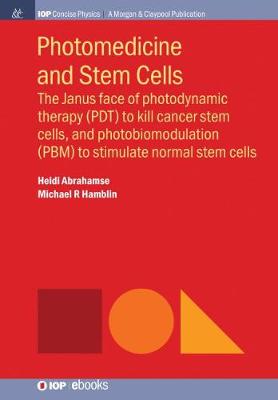Iop Concise Physics
4 total works
Introduction to Nanomaterials in Medicine
by Mohammad Rabiee, Navid Rabiee, Reza Salarian, and Ghazal Rabiee
This book, considering the importance of nanomaterials and their application in medicine, as well as the significant growth of biomaterials in research fields, introduces the variables law (Rabiee's theory) for the implementation of this research and the establishment of a proper strategy. Considering that the degree of number of biomaterial and host variables follow a variety factors, and by increasing the degree of number of biomaterials and host variables, the degree of total variables also increases and as a result, performance and, consequently, biomaterial behavior in the host environment will have less control and predictive capabilities. For an external substance that is supposed to be in the human body, it must be predictable and controllable, In addition, according to the principle that the host in a fixed person does not have the ability to change, therefore, by using the simpler biomaterials (with less variables), the above goal is more accessible. It should be noted that in addition to observing biocompatibility tests for a biomaterial based on existing protocols and standards, the Applicable Compatibility (AC) parameter is also required in accordance with Rabiee's theory. This book is written in accordance with Rabiee's theory and the contents of this book should be evaluated from this perspective.
Nanoparticle (Np)-Based Delivery Vehicles
by Navid Rabiee, Mahsa Kiani, Mojtaba Bagherzadeh, Mohammad Rabiee, and Sepideh Ahmadi
Current research focuses on stable and smart drug/gene delivery systems, including controlled release. Smart nanostructures have been considered as a promising approach when applied to drug and gene delivery systems, and could solve the problems related to the inefficient transfer of medication to the affected cells.
Advances in Nanomaterials for Drug Delivery
by Mahdi Karimi, Maryam Rad Mansouri, Navid Rabiee, and Michael R Hamblin



